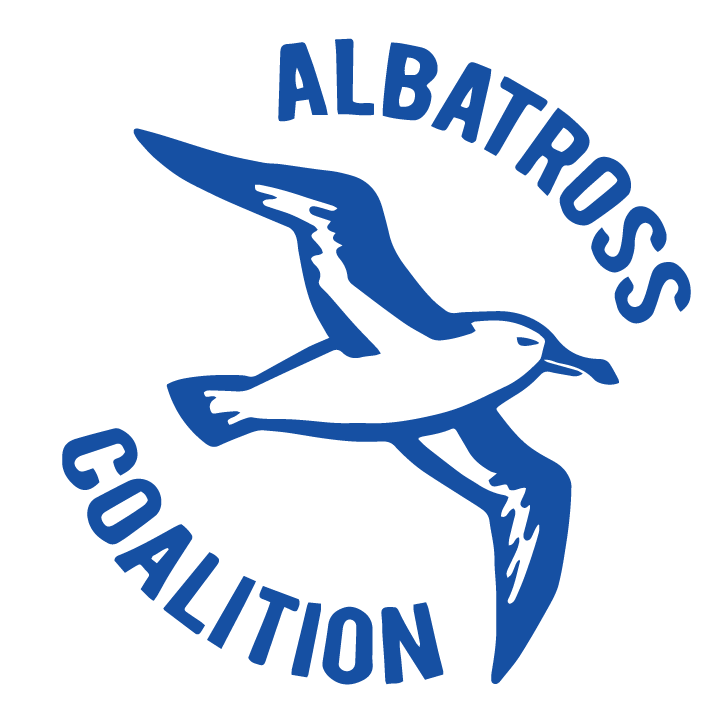Plasticosis: The New Disease Caused by Our Plastics
Scientists just named the stomach scarring that’s killing our seabirds worldwide. The disease is called plasticosis, and it represents a milestone we never wanted to reach in the plastic pollution crisis.
Researchers studying Flesh-footed Shearwaters on Lord Howe Island, a UNESCO World Heritage site 360 miles off the coast of Australia, discovered something alarming. These birds had severe scarring throughout their stomach tissues, damage so consistent and widespread that it needed its own medical term. They chose plasticosis, following the same naming pattern as silicosis and asbestosis, diseases caused by other harmful materials.
The shearwaters on Lord Howe Island are among the most plastic-contaminated birds on the planet. When scientists examined 30 fledglings, they expected to find pockets of scar tissue. Instead, they found that most of the stomach samples were nearly completely composed of collagen, the protein that forms scar tissue. The plastic fragments act like tiny knives, repeatedly cutting and inflaming the stomach lining until the tissue becomes so scarred it can no longer function properly.
This isn’t a quick death. The birds don’t die directly from plasticosis, but the disease gradually destroys their ability to digest food properly. The scarred tissue can’t secrete digestive compounds effectively, making the birds more vulnerable to infections and parasites. Over time, they struggle to absorb nutrients, leading to malnutrition even when food is available.
What makes this discovery particularly concerning is that plasticosis developed in birds with relatively small amounts of plastic in their stomachs. If such limited exposure can cause this level of damage, then the implications extend far beyond one species on one remote island.
Scientists expect plasticosis is already affecting many other seabird species. On Midway Atoll, 98% of Laysan albatross chicks have plastic in their stomachs. Dozens of seabird species worldwide are known to consume plastic, and that number keeps growing as plastic production continues to accelerate.
The researchers who discovered plasticosis see these birds as early warning indicators for what could happen to other species, including potentially humans. We’re all exposed to microplastics through the food we eat, the water we drink, and the air we breathe. While we don’t yet know if humans can develop plasticosis, the fact that it’s now appearing in wildlife should give us pause.
The good news is that plasticosis is entirely preventable. Reducing our reliance on single-use plastics, improving waste management systems, and supporting policies that address plastic pollution at its source can prevent more birds from developing this disease. Every action we take to reduce plastic waste is a step toward ensuring that plasticosis doesn’t become the new normal for seabirds worldwide.
